How to Write Chinese Characters: Chinese Stroke Order Rules
November 08, 2021
Chinese characters can often look like a random scribble to the untrained eye. Because of this, writing Chinese characters may seem like a daunting task.
However, a closer look at how Chinese characters are formed will reveal that there is a method to the madness. In fact, Chinese characters can be broken down into smaller pieces called strokes, which are organized according to a few basic rules. Once you learn about these strokes and the stroke order rules, you'll soon realize that writing Chinese characters really is not so difficult after all.
In this article, we will explain what Chinese characters are, what a stroke and stroker order are, and why stroke order matters when writing Chinese characters, before exploring the different types of strokes and the main stroke order rules to follow when writing Chinese characters.
What are Chinese characters?
What is a stroke of a Chinese character?
What are the basic kinds of strokes in Chinese characters?
What is "stroke order" in Chinese characters writing?
Why is stroke order important when writing Chinese characters?
What are some basic stroke order rules for Chinese characters?
What are Chinese characters?
Chinese characters are the written form of the Chinese language. Now, these aren’t to be confused with pīnyīn 拼音 (phonetic transcriptions of Chinese characters), the official romanization system for the language. While pīnyīn can be a useful tool when it comes to pronunciation, it is also a limited one. Focusing on Chinese characters is what will enhance your Chinese language education.
Chinese characters date back thousands of years. Over the centuries, though, the written language has changed and evolved from a primarily pictograph-based language into what we see today.
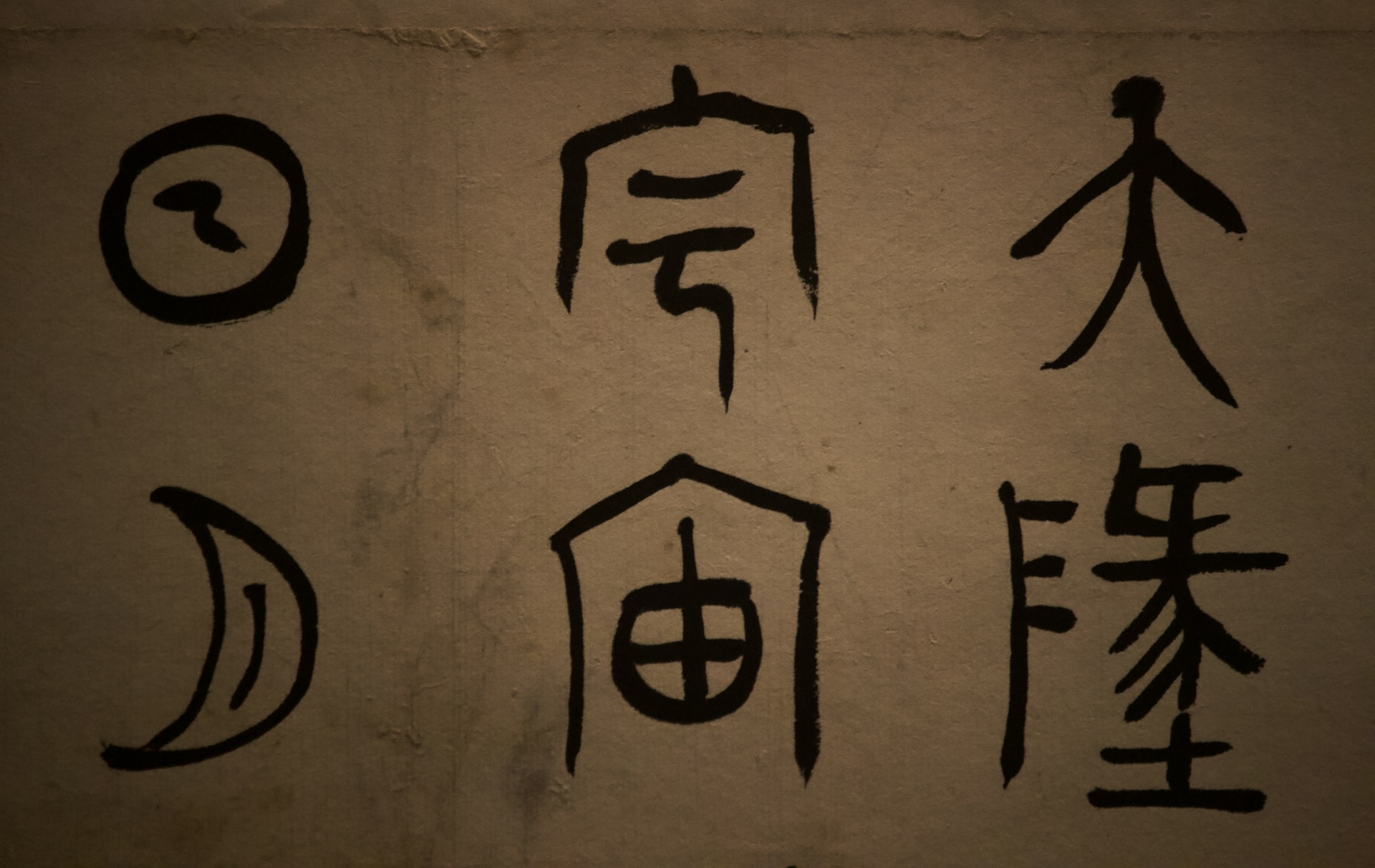
Though some Mandarin learners may be intimidated by Chinese characters, they needn’t be. Like any other skill, it’s about breaking things down and learning the basics.
Let’s start with the simplest part of Chinese characters: strokes.
What is a stroke of a Chinese character?
A stroke in a Chinese character is the most basic part of the character - the building block you will need to write.
When you approach a Chinese character, it helps to first break it down. The most useful way to do this is to identify the components of the character. (This is especially helpful when reading the character or identifying a new character’s potential meaning or pronunciation.) Once you have identified the components, parsing things into strokes is the next step to be able to write them.
Now, when we say strokes, we mean each line that you see in that character. Let’s take a look at the Chinese character for cow, niú 牛. If you count each line it would take to write this character, you can see it requires four lines, or strokes. Shǎo 少 (few, less), too, requires four strokes, as does bù 不 (no, not).
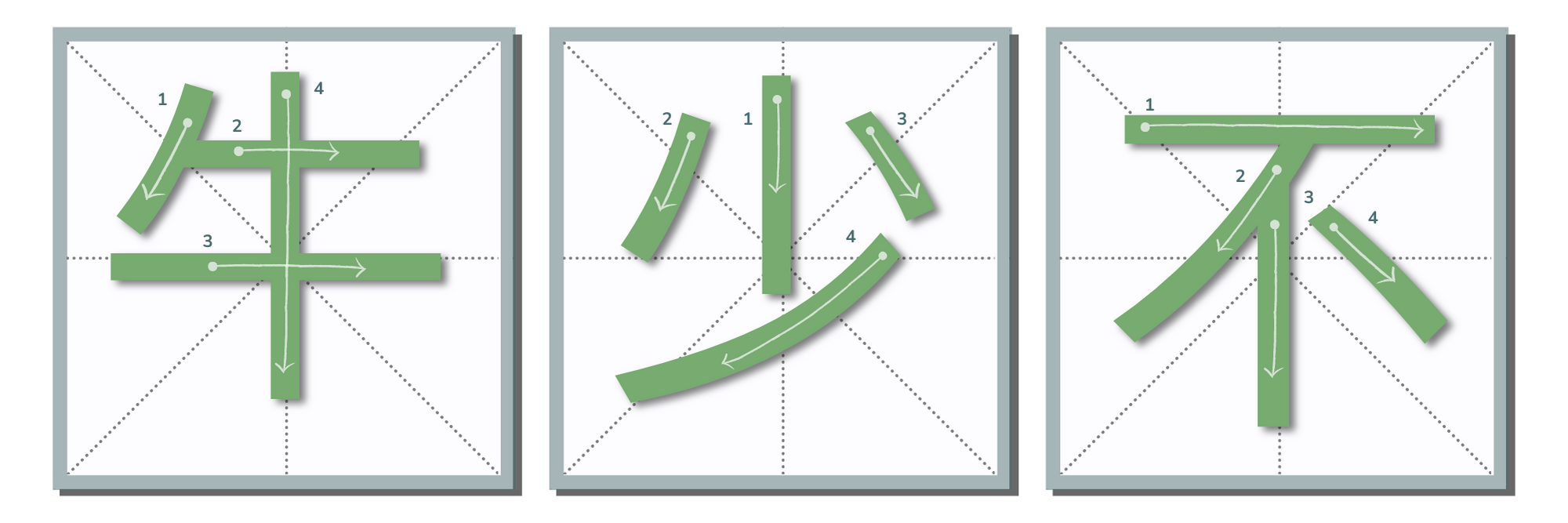
We even have names for each of these strokes, and rules for how each should be written.
Let’s take a look.
What are the basic kinds of strokes in Chinese characters?
The 8 most basic strokes of Chinese characters are:
- diǎn 点, the dot stroke
- héng 横, the horizontal stroke
- shù 竖, the vertical stroke
- piě 撇, the left-falling stroke
- nà 捺, the right-falling stroke
- tí 提 (to lift, raise), the rising stroke
- wān 弯 (to curve, bend), the curved stroke
- gōu 钩 (to hook), the hook stroke
They all can be found, very neatly, in one example:
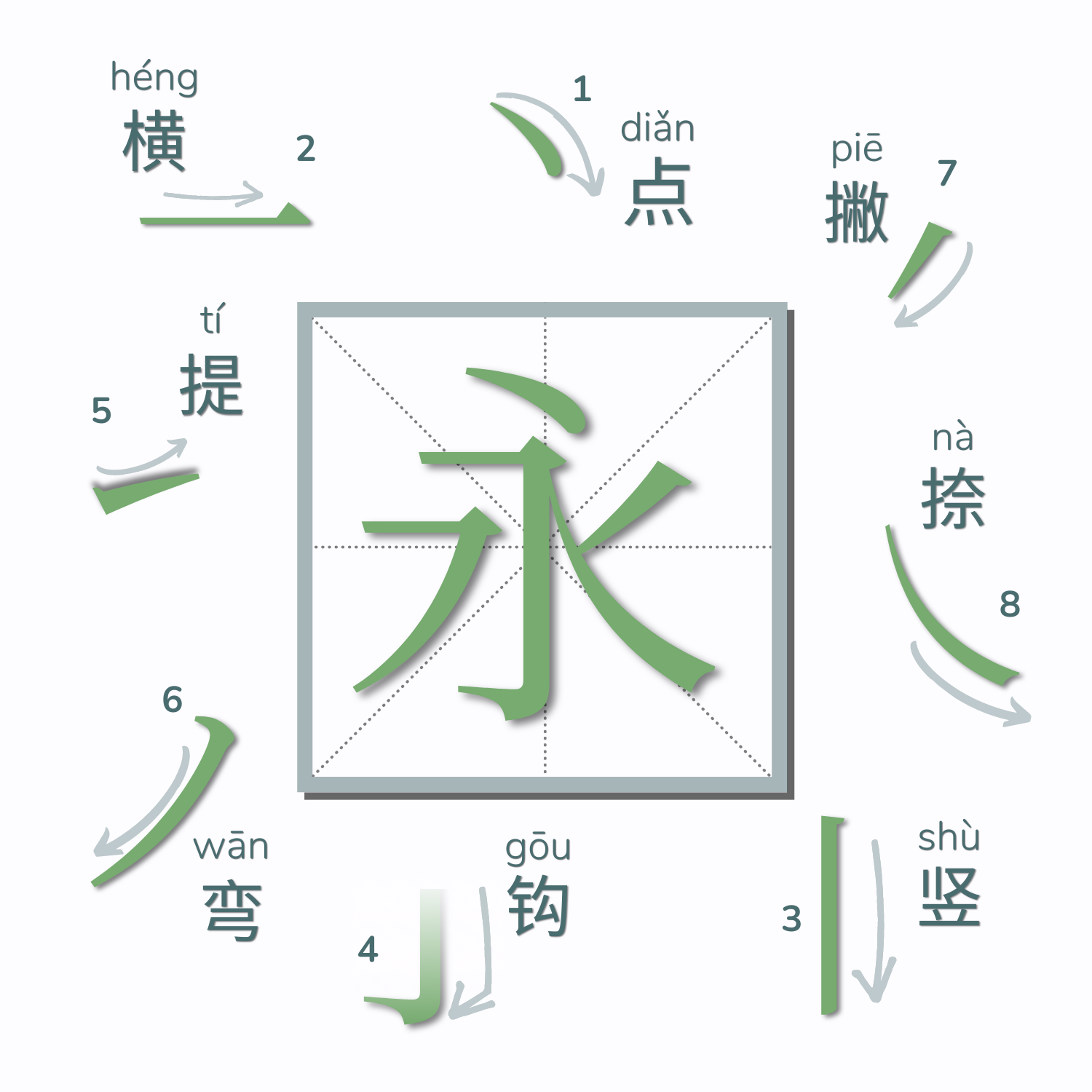
yǒng 永 (forever)
This is called the Eight Principles of 永.
Of these, the first six are the most essential. With them, you can create dozens of other strokes that combine the basic six. The latter two, wān 弯 (to curve, bend) and gōu 钩 (to hook), often join with others to create new strokes.
Another useful stroke to remember is zhé 折 (to turn), which teams up with the horizontal and vertical strokes to create the corners you see in characters like kǒu 口 (mouth).
When you first look at kǒu 口, you may think there are four strokes in this character: two horizontal strokes and two vertical strokes. In fact, there are only three strokes: one horizontal stroke, one vertical stroke, and one that is called a héngzhé 横折, a horizontal stroke that then juts down vertically, forming the top-right corner.
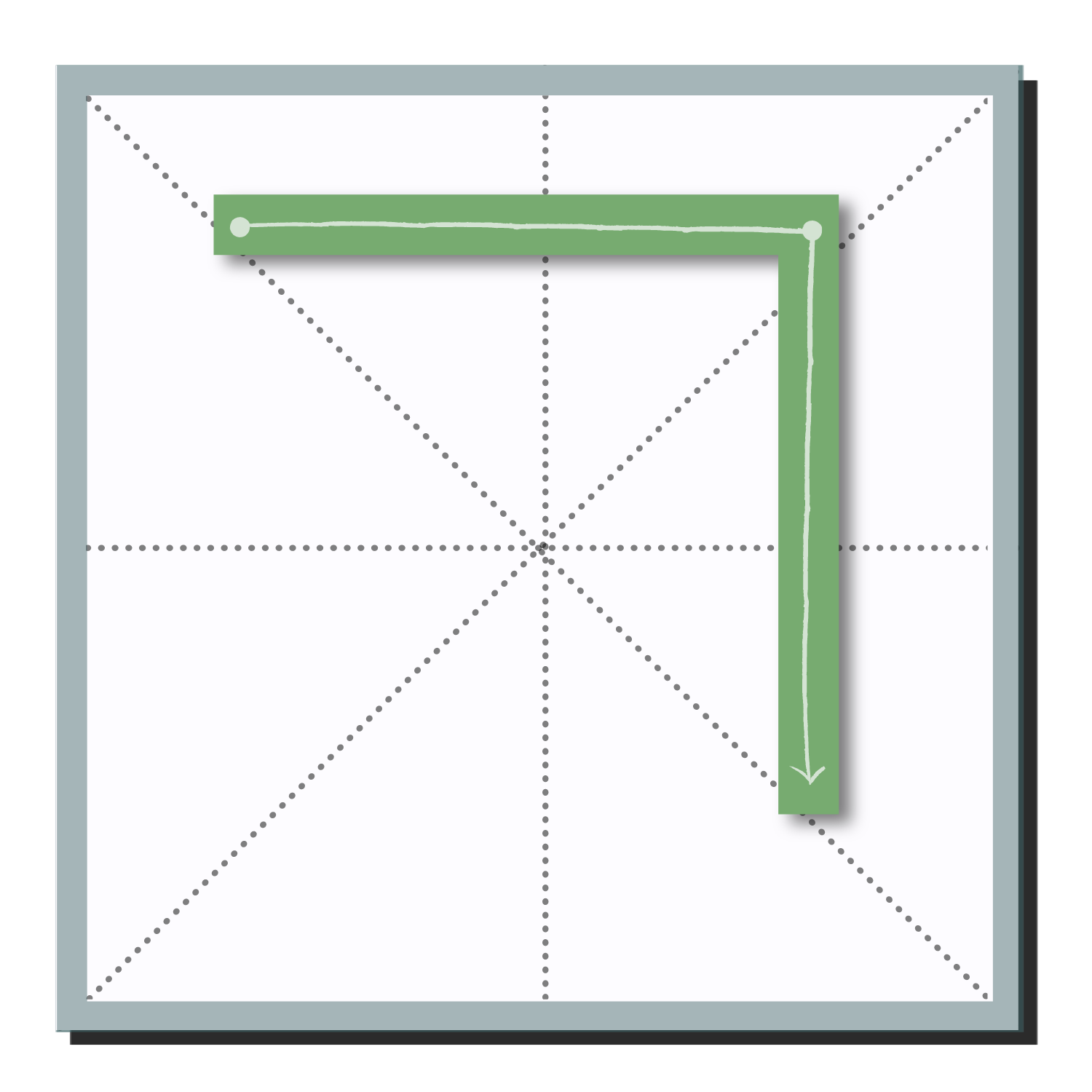
Some Mandarin learners find it useful to know the names of each stroke. You can then repeat them as you write until each is ingrained in your memory. (That is how this writer learned!) However, to simply know how each line is drawn is enough. For example, when it comes to the piě 撇 (left-falling stroke), you needn’t know the stroke name. You just need to know that this stroke starts at the top and then swoops down to the left. Its opposite, the nà 捺 (right-falling stroke), starts at the top and falls to the right.
So now we know our basic strokes.
But which stroke do we write first?
That is where stroke order comes in.
What is stroke order in Chinese characters writing?
When writing Chinese characters, stroke order is the order in which you write each stroke. Let’s revisit bù 不. When writing this character, you first write the horizontal line, or stroke. Then, you write the stroke that swoops to the left (piě 撇), followed by the vertical stroke running straight down. You then end with the stroke that juts out to the right (nà 捺).
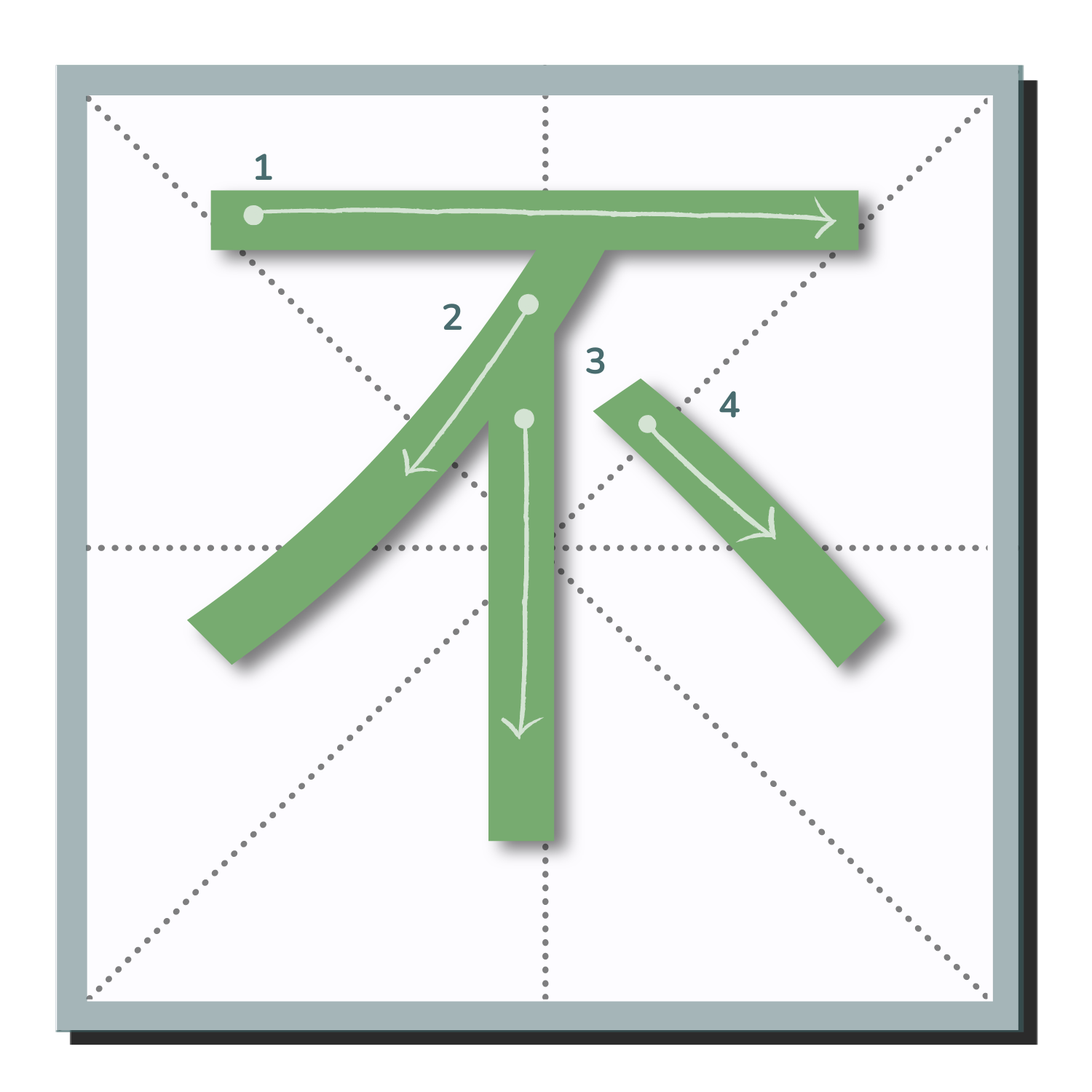
How do we know this?
Because of stroke order!
Stroke order tells you which stroke to write first, second, third, and so on. In other words, stroke order is the set of rules for how to approach writing a character. Once you learn these rules, it is much easier to write Chinese characters. Eventually, even the most complex characters start to seem not only manageable but simple to write!
Why is stroke order important when writing Chinese characters?
Mandarin students may ask: “Why does it matter what order I write these strokes in? If my character looks right, why can’t I write it how I like?”
Here are a few reasons why stroke order is important, (because we assure you, it is).
- Stroke order is what most apps recognize when using their handwriting input method. Think of a time when you didn’t know a character. You may have opened up your Chinese dictionary app and tried to write what you saw. However, if you didn’t use the correct stroke order, you may have struggled to find the character! This is because the app is expecting you to write the character using the correct stroke order. (Incredibly, even when you write sloppily, or don’t fully write each stroke completely, as long as the Chinese character is written with the correct stroke order, the app will still usually correctly identify it!)
- Stroke order was designed for faster, more intuitive writing. If you ever hope to write more naturally, or in longer forms, stroke order will help you do so far more effectively. Often learners will find their own ways to write the character that make sense to them. However, their ways may be more tedious or less intuitive. Trust us on this one. The system everyone already uses exists for a reason: it works. Imagine if you tried to write an “n” from right-to-left, or your “y” from the bottom to the top. Sure, you can—but why? It’s not the most efficient way!
- Stroke order helps ensure your Chinese character is written correctly. Stroke order helps to define how a character looks, and whether all aspects are accounted for. When you get the hang of stroke order, you are much less likely to write your characters incorrectly. Plus, folks who read what you wrote will understand the characters more easily!
What are some basic stroke order rules for Chinese characters?
When it comes to the correct stroke order for a Chinese character, there are some simple rules to guide you through. These rules are great for helping any beginner to Chinese characters write characters clearly and correctly.
- Move from top to bottom. Look at yán 言 (speech, word): You start with a diǎn 点 (dot stroke) and then move to your three héng 横 (horizontal) lines. Finally, you would finish with a kǒu 口 at the bottom!
- Move from left to right. In Chinese characters like wèi 位 (place, location), you would first start on the left side, moving from top to bottom, and then move to the right, also working from top to bottom.
- First horizontal strokes, then vertical strokes. In a Chinese character like gān 干 (dry), you would draw the two héng 横 (horizontal) strokes before adding the shù 竖 (vertical) stroke that runs through them.
- First “right-to-left” diagonals, then “left-to-right” diagonals. This rule, while seemingly more complicated, helps with characters like rén 人 (people) or bā 八 (eight). You would start with the piě 撇 (left-falling) stroke, then move to the nà 捺 (right-falling) stroke.
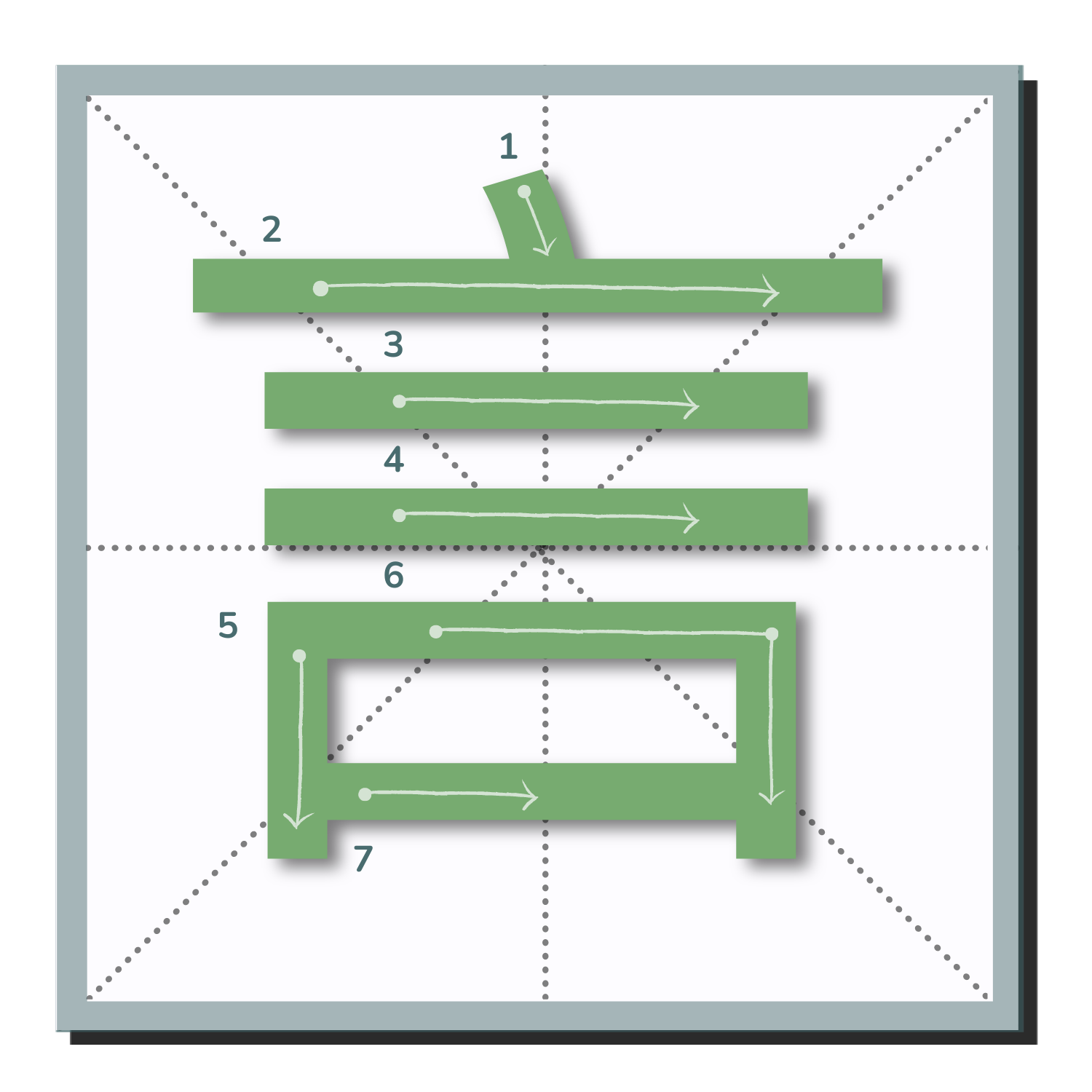
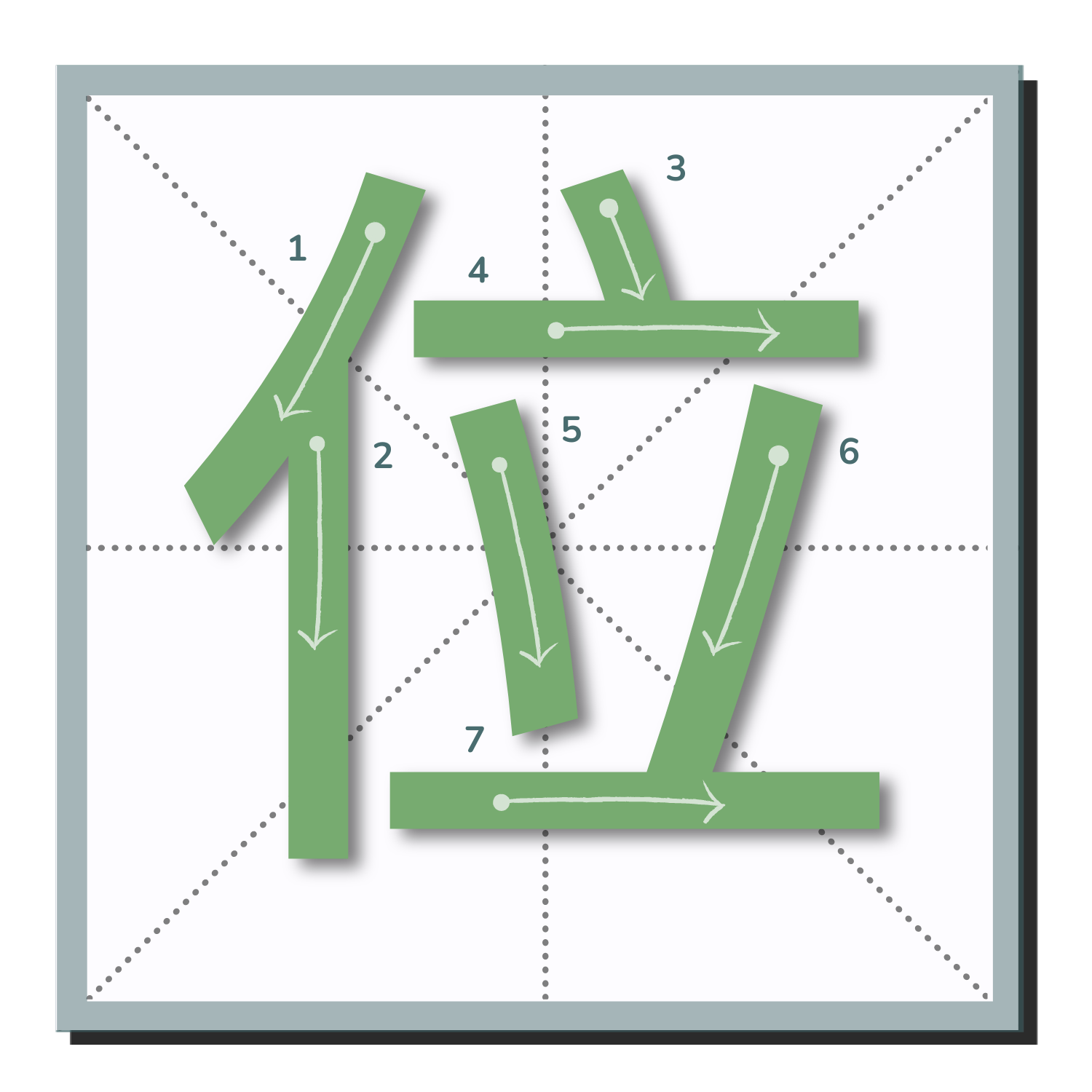
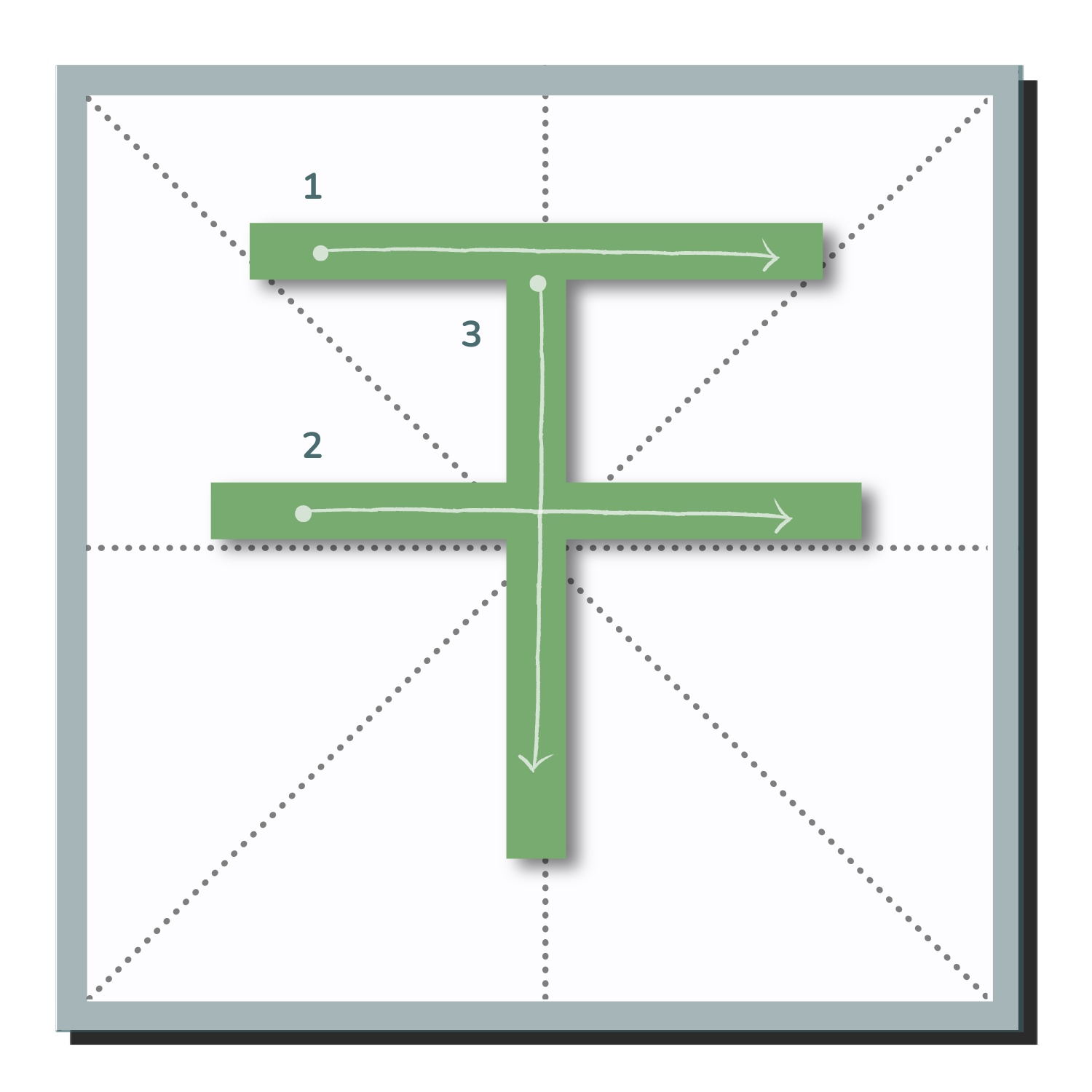
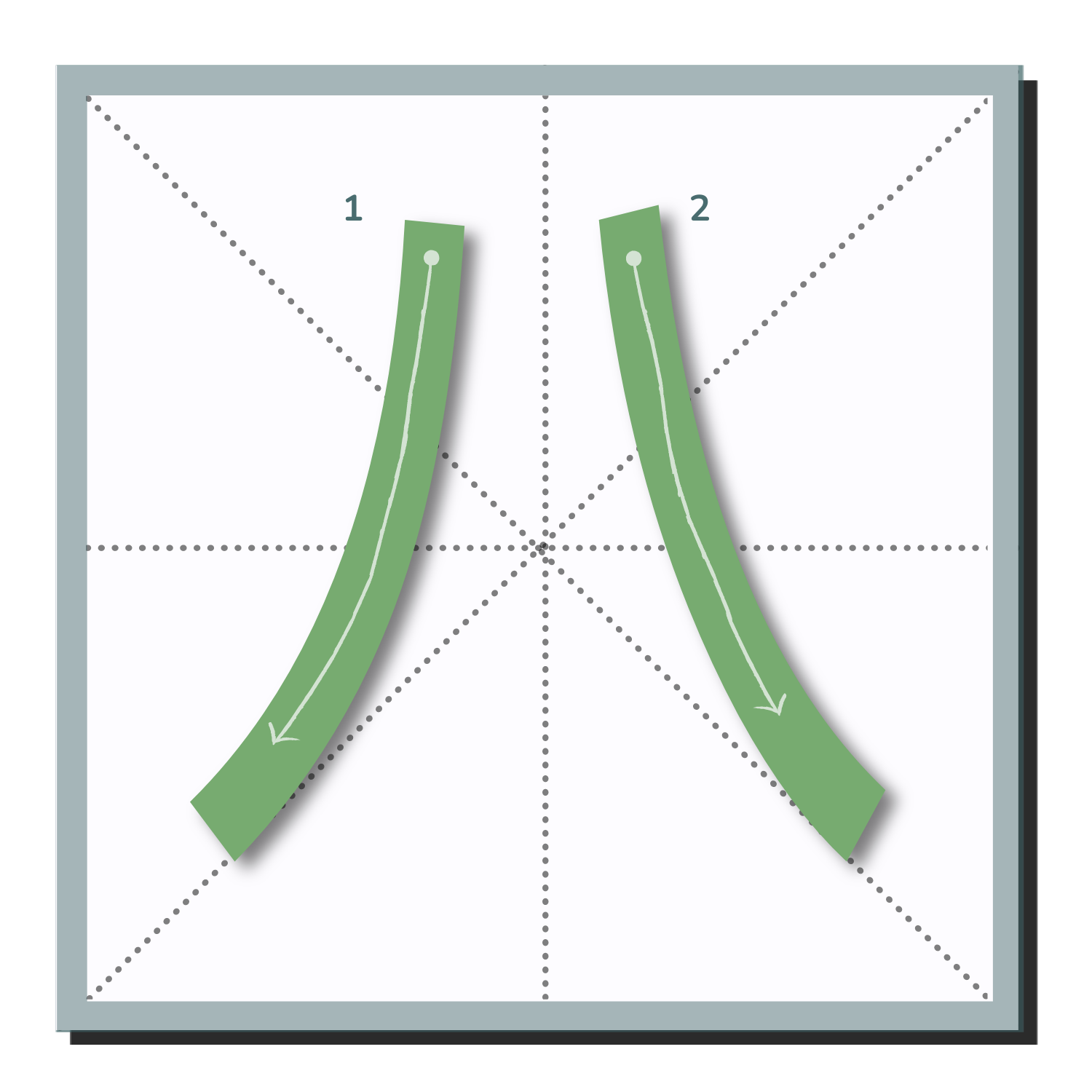
These rules alone will get you through quite a few characters. But let’s take a look at a few more rules that will help with more complex characters.
- In vertically symmetrical characters, start in the center. Take shuǐ 水 (water), for example. You would start with the shùgōu 竖钩 (vertical hook stroke) that runs down the middle. Then you would revert to Rules No. 1-2: On the left side, move from top to bottom. Then, do the same on the right side.
- In characters with frames, move from the outside to the inside. So if we look at guó 国 (country), you would first write the top three sides of the outer frame. Then, you would implement the rules listed above to write the inner yù 玉 (jade) before closing the frame. Note that the stroke that closes the “frame” of the character is always last.
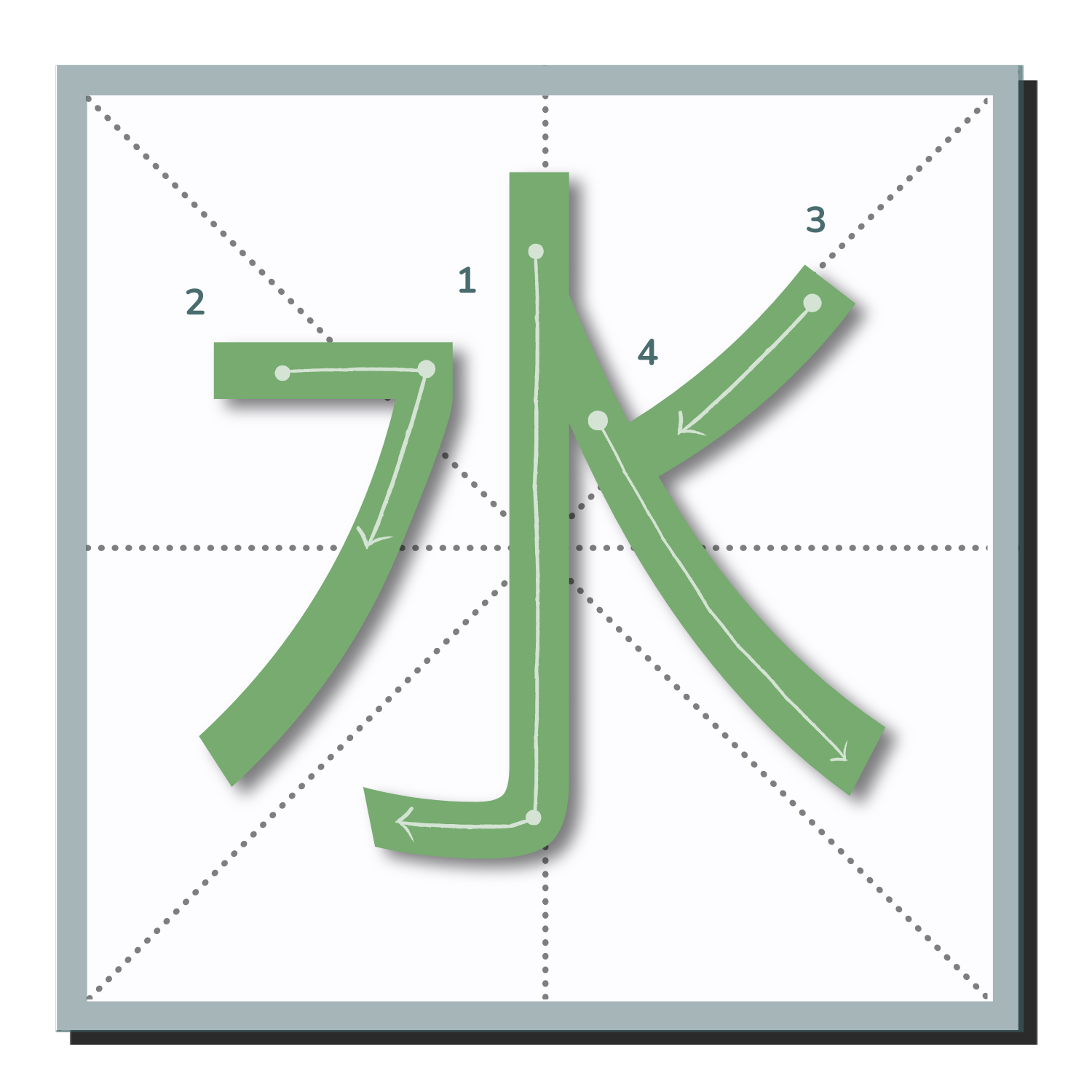
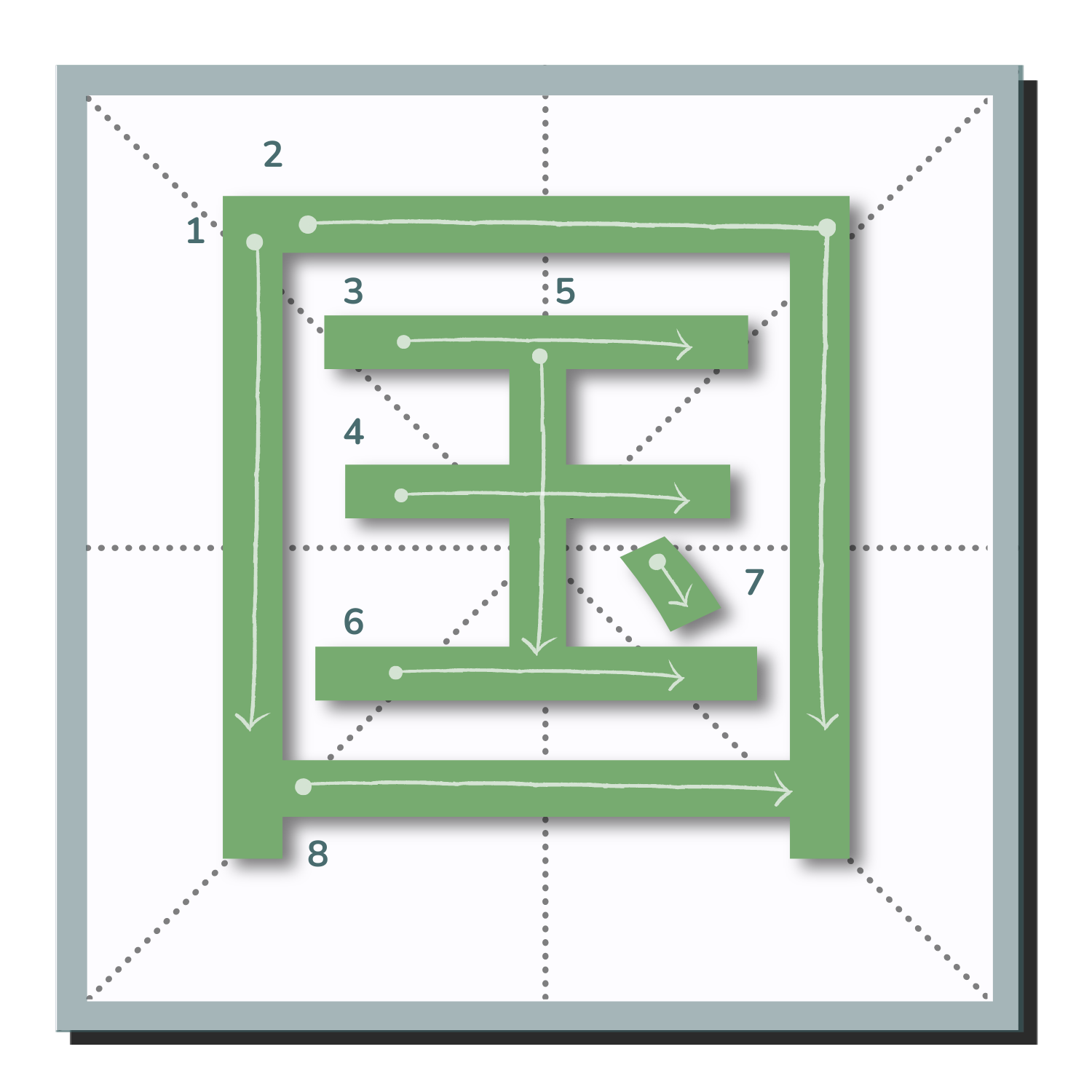
There you have it: the rules of stroke order any beginner can use to write Chinese characters. These will get you started.
From here, it is all about practice. Repetition is essential for anyone beginning to learn how to write Chinese characters. Nothing can replace a gridded notebook and a pen or pencil. That said, there are downloadable pages you can get for tablets, should you be looking for a more eco-friendly route.
Another great way to get started is to use an app like Skritter. Using an app designed to walk you through each stroke will help you more naturally engrain the stroke order of Chinese characters. Once things feel more natural, Chinese dictionary apps like Pleco also have basic stroke order illustrations, should you need a refresher from time to time.
We hope this has set you up with the tools you will need to start writing!
Interested in learning more about the components and radicals we mentioned above? Check out this article about radicals that are related to nature!
Post contributed by Alexandra Sieh